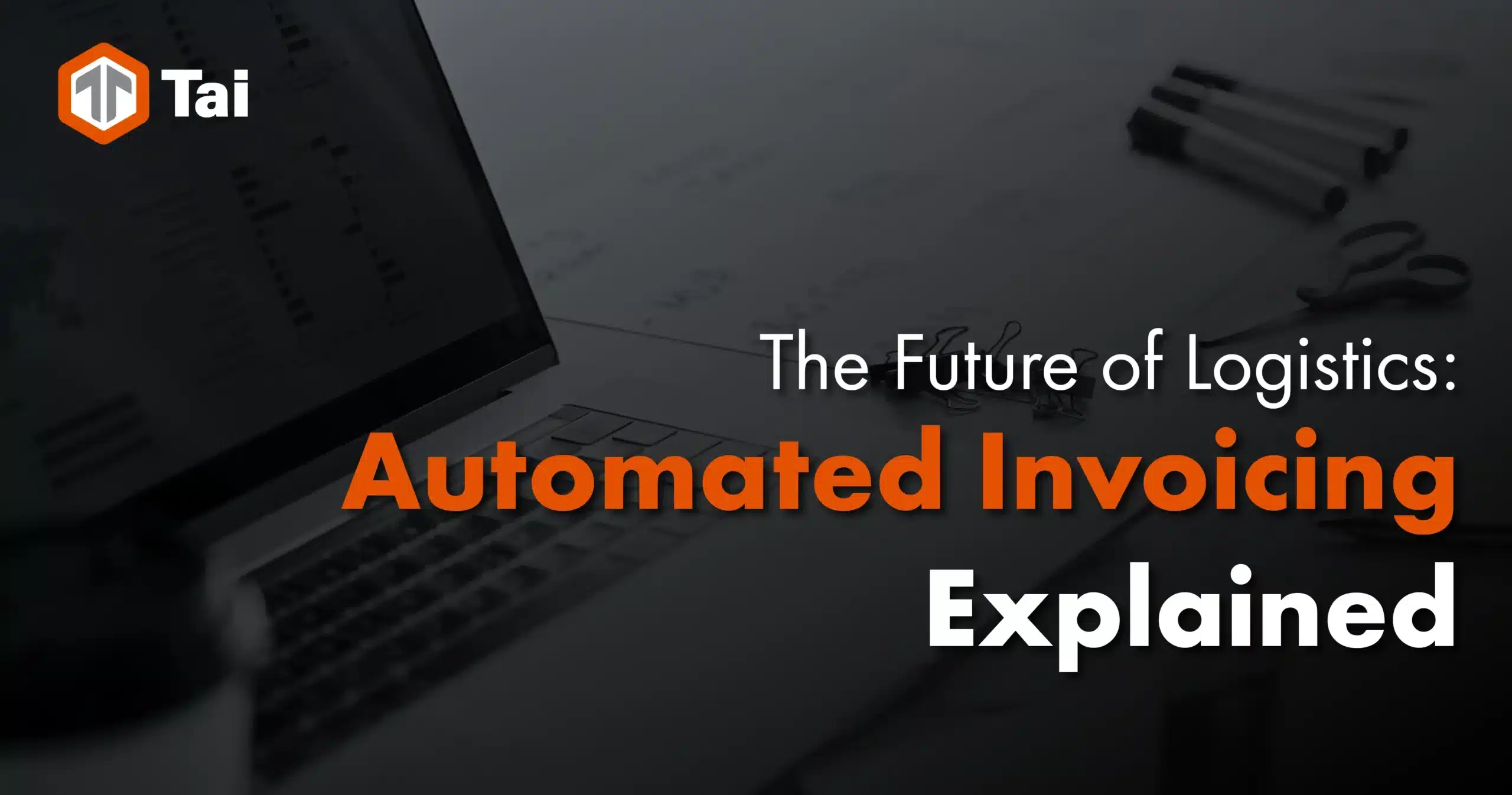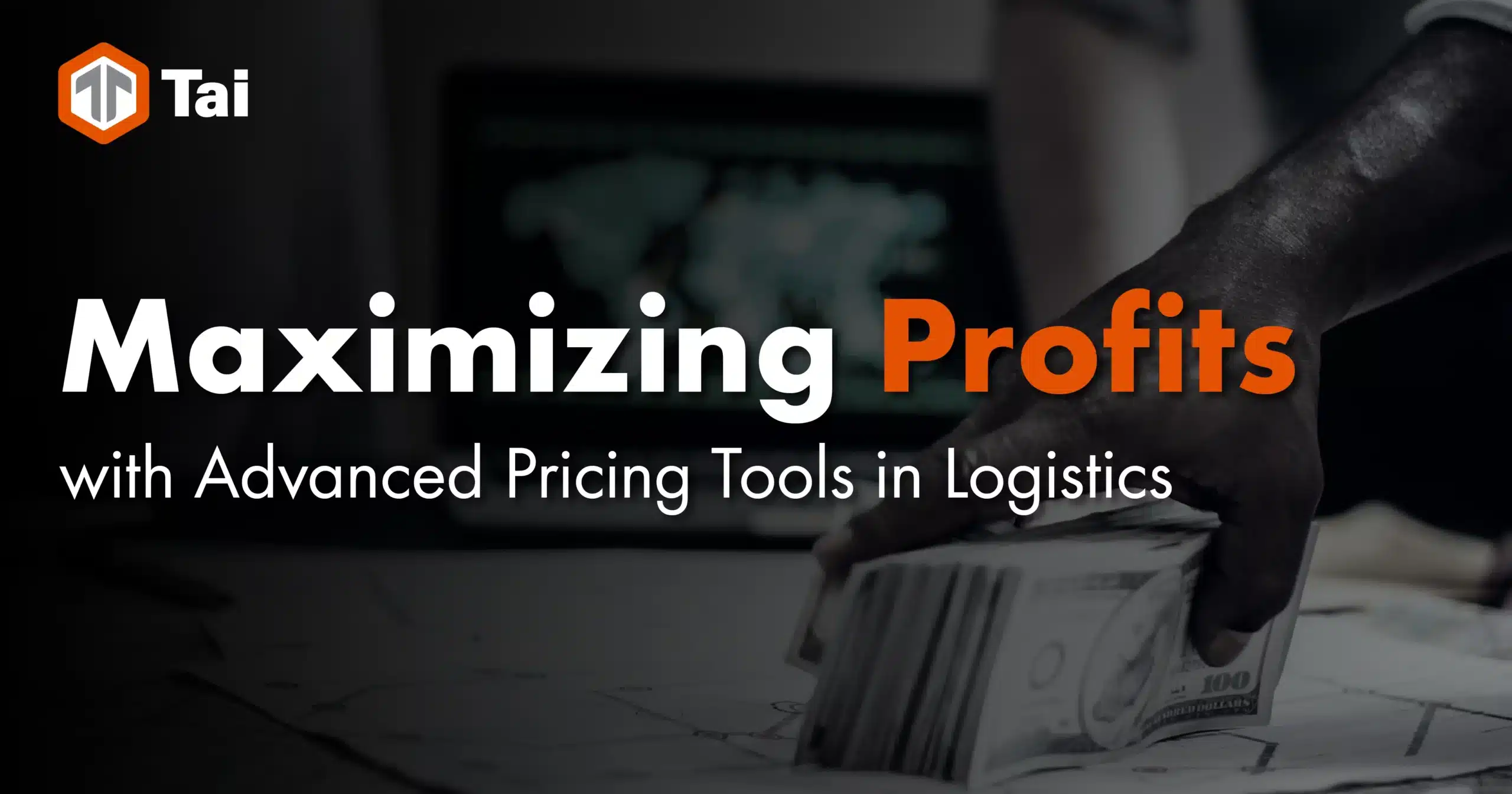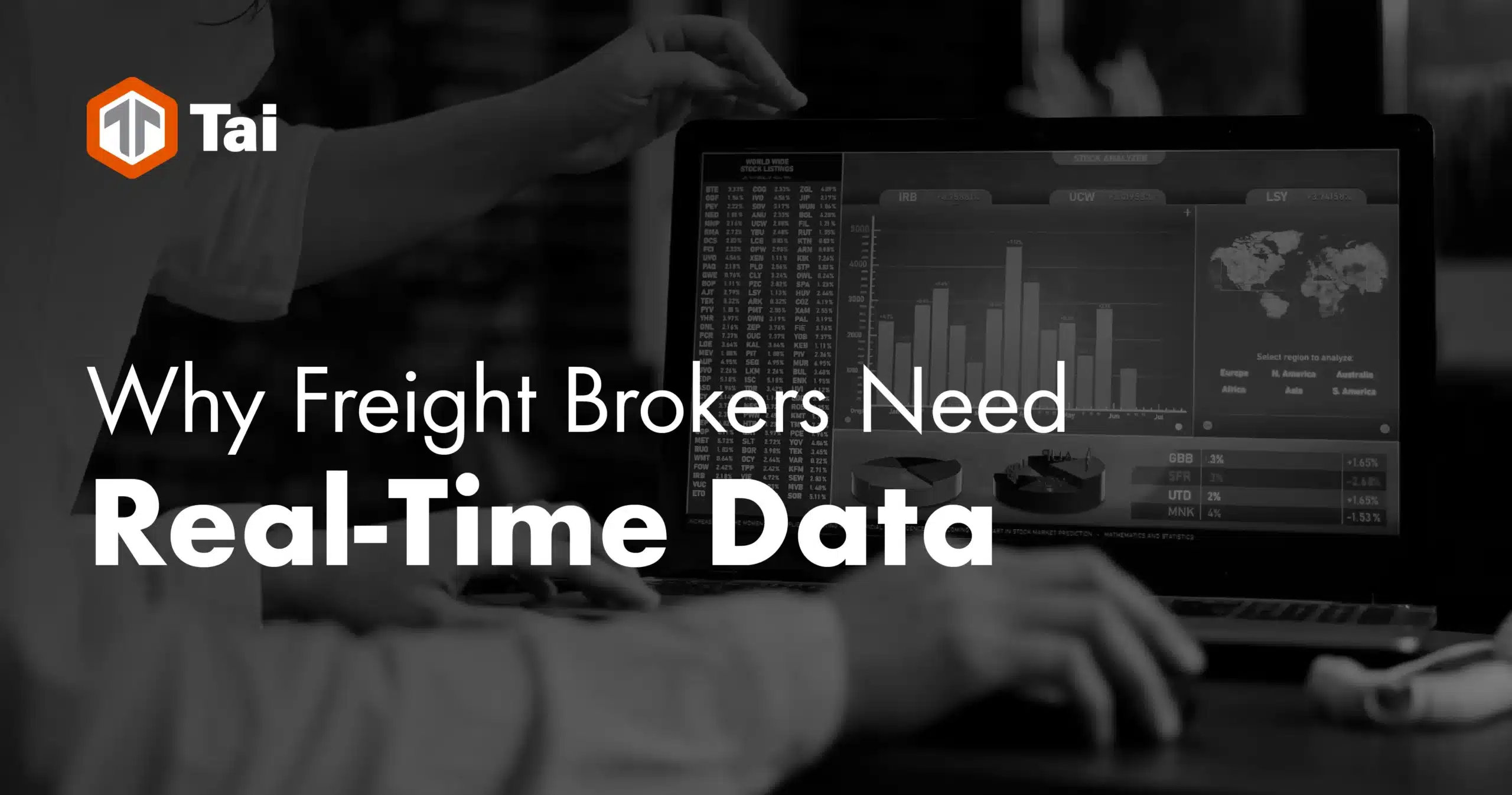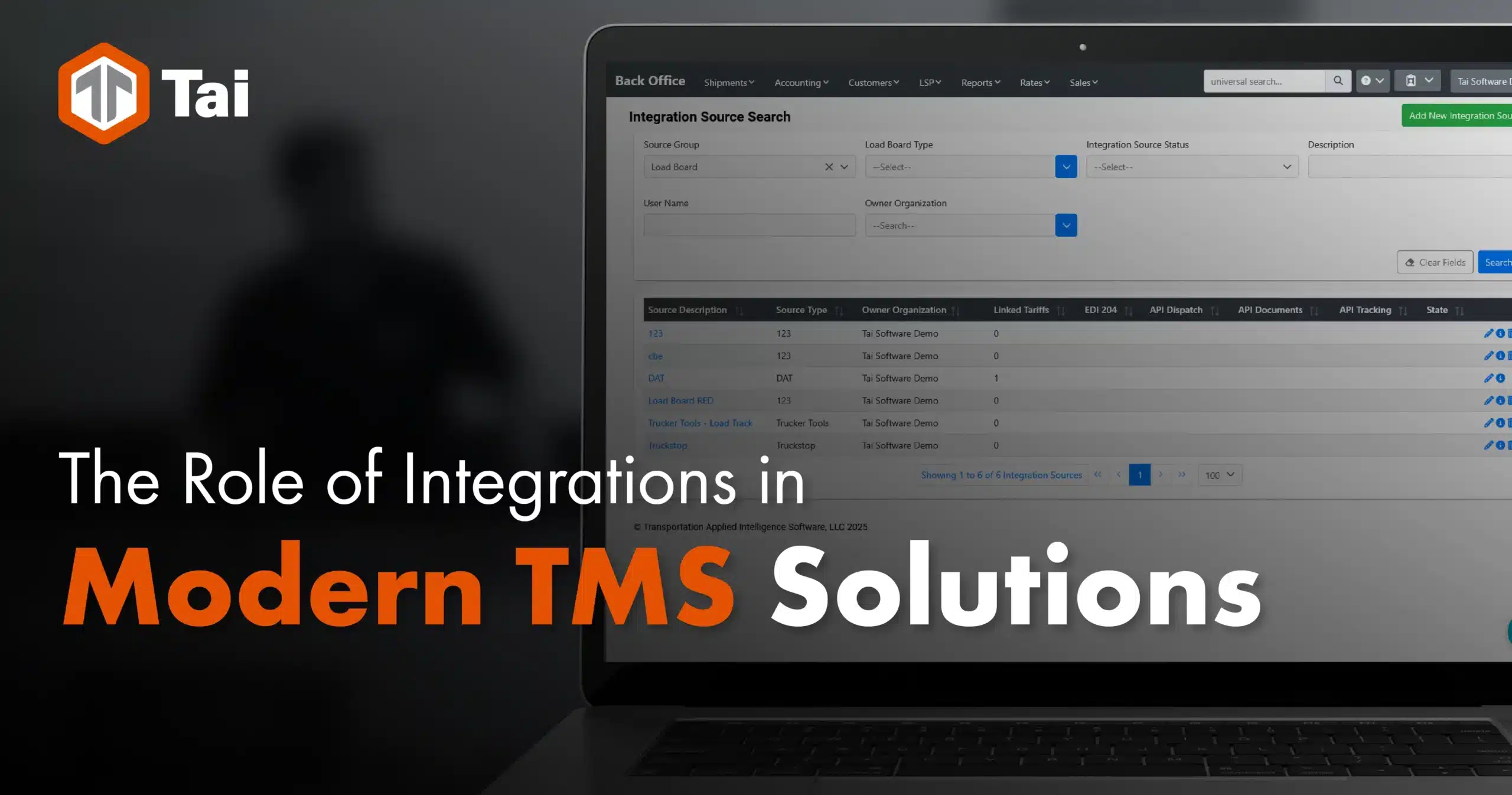As of 2019, the trucking industry represented about 80.4% of the country’s entire freight bill. That’s around $791.7 billion in gross freight revenues, and according to the US Department of Transportation, over 700,000 registered motor carriers are in the market. Some 91% of freight carriers operate with six or fewer trucks, while 97.3% operate with fewer than 20. In addition, there are also roughly 17,000 freight brokers operating in the industry.
Additionally, full truckload (FTL) makes up the largest share of the freight market. According to the latest statistics, FTL shipping holds 46.4% of the market share. It’s followed by parcel shipping with 16.4%, air freight with 12%, and less-than-truckload (LTL) with 11.3%.
Generally speaking, truckload freight shipping represents one of the quickest and flexible modes of transportation over land, particularly in the United States. In this complete guide to FTL freight shipping, we will be exploring the details regarding this shipping method as well as the tools and methods that supply chain experts will need to succeed in 2022 and beyond.
The Main Differences Between FTL and LTL
Full truckload shipping is best understood by comparing it to less-than-truckload (LTL). While FTL is ideal for shippers looking to transport large volumes of products or enough to fill an entire truck trailer, LTL refers to a shipping method in which shippers share trailer space with the goods of others. With FTL, shippers don’t share truck space and typically take a shorter time for the cargo to reach its destination.
LTL shipping follows a hub-and-spoke distribution model. This is where smaller freight shipments are collected from an area, brought together to a regional hub, consolidated onto a single truck, and sent to a second warehouse in the final destination’s region. From here, it will be loaded onto a different truck and sent to its last location.
FTL follows a more straightforward path under a point-to-point distribution model. As its name would suggest, this model removes all of the additional pitstops found in the hub-and-spoke model. Shippers will load their cargo onto the truck, which will then drive directly to its destination.
As such, the truckload shipping method is preferred by wholesalers and those who typically handle raw materials, high-value freight, sensitive or otherwise hazardous materials. FTL offers more when shipping in bulk in terms of cost savings, whereas LTL is better suited for those shipping only a few pallets at a time.
When FTL Shipping is Optimal and When It Is Not
Like with all other transportation methods, FTL has its advantages and disadvantages.
Full truckload shipping is an excellent option for those who urgently need to send out products from one place to another. As mentioned, shipping from one location to another is faster with the FTL shipping method.
FTL is also the best transportation option when security needs to be given top priority. Either the shipment is of very high value, hazardous, or very fragile, it’s best to send it to its destination via FTL. The point-to-point shipping method means that the shipment will not be touched until it reaches its destination. It will remain in the same position throughout the entire route, and it will be less time in transit overall. LTL means more handling, increasing the risk of damage or even theft. Fewer stops also lower the risk of delays.
Generally, the bigger the shipment in terms of actual weight and volume, the more efficient it is to transport it by FTL. However, when loads are smaller, usually below 15,000 lbs of product or fewer than ten pallets, less-than-truckload shipping is the more cost-efficient option.
The Main Types Of FTL Shipping
Full truckload can be divided into three main shipment modes, depending on the trucks being used and cargo being hauled. Freight brokers looking to enter the business will need to know which type will fit in which situation. It’s also usually better to concentrate on just one of them.
Below are the main types of FTL shipping:
- Dry Van Shipping – This is the most commonly used method of transporting palletized freight. Dry vans have an enclosed trailer and come in a multitude of sizes and materials. The longest is 53 feet long, while the smaller ones are between 26 to 29 feet long. They’re also made out of aluminum, iron, galvanized steel, or hardwood.
- Refrigerated Shipping – Also known as reefer shipping, refrigerated freight is used to transport temperature-sensitive goods. They have a built-in refrigeration system and climate control to prevent product degradation in fresh produce, meat, dairy, or pharmaceuticals while in transit.
- Flatbed Shipping – Unlike dry vans, flatbeds don’t require to be covered. They are used for cargo that cannot be loaded or unloaded from a standard dock or will not fit the dimensions of a typical dry van truck trailer. Cranes and forklifts can load flatbeds from all angles.
What Factors Into FTL Freight Rates?
Full truckload freight rates are notorious for regularly changing, even if they should be the easiest to calculate. Either using a cost-per-mile traveled or a door-to-door flat rate, the amount of product being transported should not impact the rate as long as the insurance is in order and the total weight is below 45,000 lbs.
Several factors go into calculating freight rates. Freight brokers looking to get the best possible rates from their carriers should know precisely what goes into the price changes. This business intelligence is used in real-time, significantly improving customer service and streamline freight processes. Below are some of the factors that go into determining freight rates.
- Transit Times – Shipments that need to be sent overnight will almost always cost more. The more lead time is provided to carriers, the more time they will have to find a driver to transport the load. Shorter lead times mean that capacity is tighter, and the carrier may have more difficulty finding a driver. Non-time-sensitive shipments may get a better spot rate by using intermodal shipping. In addition, freight brokers can use their existing carrier network relationships to find better rates for their customers, even in times of tight capacity.
- Freight Capacity – Capacity is determined by carrier supply and customer demand. In periods of tight capacity, there are too few available trucks in the area. This means that carrier rates will increase. The systemic truck driver shortage experienced in the freight industry over the past years is also a factor in keeping the average truckload shipment rates high.
- Fuel Costs – Carriers will often include a surcharge in their rates as a means of covering their fuel costs. These surcharges are based on the diesel price, which can fluctuate weekly, especially in periods of unpredictable and hazardous weather conditions.
Outside elements such as snowstorms, heavy mist, hurricanes etc., may lead to road closings or delivery times becoming delayed. If areas are experiencing this type of weather, it may result in tight freight capacity.
- The Cost-per-Mile – In 2019, the cost per mile was at $1.65. Nevertheless, this particular freight cost can fluctuate every week and be influenced by various market conditions such as the distance, freight lanes, fuel prices, and others. Generally, long-distance shipping starts at around the 500-mile mark and will require more time and resources than short-distance freight transport. As such, contract rates are typically higher the further away the shipment is.
- Freight Lanes – Freight lanes are routes that are serviced by a freight service provider. High-volume freight lanes are those that are regularly serviced, usually including metropolitan areas. Low-volume lanes are rarely serviced, usually in rural areas, increasing the risk of trucks traveling empty for many miles. High-volume lanes will have a higher capacity, while shipping costs will be lower.
- Spot Rates or Contract Rates – Freight brokers that have a long-standing relationship with carriers and move shipments with them on a regular basis will often get better rates. This arrangement provides carriers with consistency and reliability, allowing them to plan their freight. This, in turn, will enable them to lower their cost and offer contract rates. On the other hand, a spot rate is typically provided for a one-off transport and will tend to cost more.
- Accessorial Charges – Another variable that can influence the end cost of the transport are the additional services provided. This can include driver loading and unloading, residential delivery, repacking, or appointment calls, which can all impact the final cost compared to the initial quote.
- Truck Type – The capacity, market demand, and logistics operation fees are different for each of the aforementioned truck types. Generally, reefers and flatbeds are more expensive than dry vans since they require more experienced drivers to operate them.
By providing all supply chain partners with as much information as possible and as early as possible, there will be far fewer back-and-forth communications, which means that orders can be handled quicker, and quotes will be more accurate. Suffice to say, calculating a single shipment rate is difficult enough, especially if it’s done with multiple carriers and mode options. By leveraging the right technology, freight brokers will be better positioned to get the best rates for their clients.
Becoming an Effective Full Truckload Broker
Freight brokers are more efficient at tapping into the total carrier market if they make use of technology. And by making use of their professional staff, they can tackle a more extensive customer base. Digital tools can significantly streamline the daily processes of a freight broker, increasing their efficiency, lowering their costs, and boosting their bottom lines. In order to become an effective FTL freight broker, businesses should look to implement the following:
- Finance Tools – To be a successful and effective freight broker, companies need to pay close attention to their accounting and other finances. Everything from payroll to invoicing and from accounts payable and receivables, brokers need a robust solution capable of meeting one’s needs. Quickbooks is a cloud-based solution that can automate these accounting processes, streamline operations, and eliminate the incidence of human error.
- Rate Assessment – Brokers also need to know and understand the costs of buying carrier capacity, regardless of whether they are charging their customers a flat rate per load or are asking a certain percentage. There are several tools specifically designed to handle these issues. DAT has the RateView, while Truckstop.com comes forth with its own quoting and bidding platform known as Rate Analysis. While both platforms are used for historical rate analysis, Truckstop.com holds a bit more sway on the flatbed market.
- Freight Forecasting – Brokers looking to scale their business will need to learn how to become freight forecasters. This is a process of analyzing current and future truckload freight market trends to determine the available capacity. This will go a long way in winning rate bids and maximizing profit margins. Freighwaves SONAR is a tool specifically designed for forecasting. It tracks market conditions and creates freight bids. Unlike rate assessment tools, SONAR uses AI and ML to generate rates and market forecasts. It also generates a comprehensive analysis of the market in almost real-time.
- Building Relationships and Connections – Building and maintaining solid relationships with carriers and other supply chain partners is key to a successful freight brokerage business. Onboarding, carrier vetting, and monitoring platforms such as Carrier411 are helpful in this regard. Trucker Tools also provide a trusted carrier network that brokers can use for booking and rebooking directly from their own networks. With the Transportation Intermediaries Association, freight brokers can also come in contact with other logistics service providers in North America, offering numerous networking opportunities, as well as great educational material.
How To Properly Use Software as a Broker
Today’s digital technology, whether in the form of artificial intelligence, machine learning, automation, cloud computing, or book-it-now applications, has the potential to significantly speed up operations, eliminate many repetitive tasks, increase accuracy, and eliminate human-made errors.
A freight broker’s many manual and often paper-based processes are among the most tedious and repetitive tasks. By digitizing this part of the operation, brokers can make great use of digital tools. Brokers can use these tools to receive, digitize, and catalog all carrier documents into their TMS tool. This will result in faster cash flow through decreased billing timeframes and days of sales outstanding (DSO).
In addition, freight broker software can also be used for automated invoicing by generating and distributing invoices with the correct documentation. Automating payment processing can also help eliminate much back-office work and optimize cash flow.
Improving Freight Visibility
Aside from facilitating the transaction between shippers and carriers, freight brokers must also be aware of the status of shipments at all times. This is particularly true if an unexpected issue and a delay or off-schedule load threaten to disrupt the customer’s operations. Timely notifications are almost as equally important as timely deliveries.
Shippers will also want to be made aware of their cargo in the form of status updates, real-time location information, exception alerts, proof of delivery, and more. They can also benefit from enhanced visibility into carrier performance and costs, ensuring that fees, rates, and other additional charges are applied fairly.
Yet, this level of visibility can prove to be a challenge for brokers tracking dozens, if not hundreds, of loads with multiple freight providers and across a multitude of different systems. Luckily, some freight software tools can help logistics providers improve their visibility into the process.
Electronic Logging Devices
Also known as ELDs, these tools are required for most over-the-road truck drivers who use them to record their work hours and off-duty time. ELDs use telematics to transmit this information. GPS, cellular networks, and cloud technology has made it possible for drivers to share their location information and driving time with brokers, load boards, shippers, and others within the supply chain.
Mobile Apps
Most truck drivers nowadays use mobile devices such as smartphones or tablets while on the job. These are mainly used for navigation, as well as for calling and texting purposes. Freight broker applications such as Tai Software’s Mobile App help carriers look for, bid on, and accept loads without the need for a constant phone or email back and forth.
Transportation Management Systems
Freight broker TMS systems have come a long way in the past years. Today’s cloud-based transportation management systems act as centralized platforms for all team members in the organization. In addition, carriers and shippers can connect to the cloud-based TMS through an API or third-party app, checking their load status or pull data to use as their freight intelligence reporting for analytics purposes.
Tai Software is a cloud-based solution that dramatically enhances shipment visibility and increases customer experience while minimizing the risk of theft. This platform also helps to create loads and source coverage. Load boards are also fed directly from the system, allowing users to quickly and effectively onboard carriers.
These platforms provide users with unmatched levels of visibility within their shipments, increasing customer service and satisfaction. Tai TMS integrates all other standard industry software, gathers data from multiple sources, streamlines processes, and ensures that carriers are fully verified. Request a free demo today!







